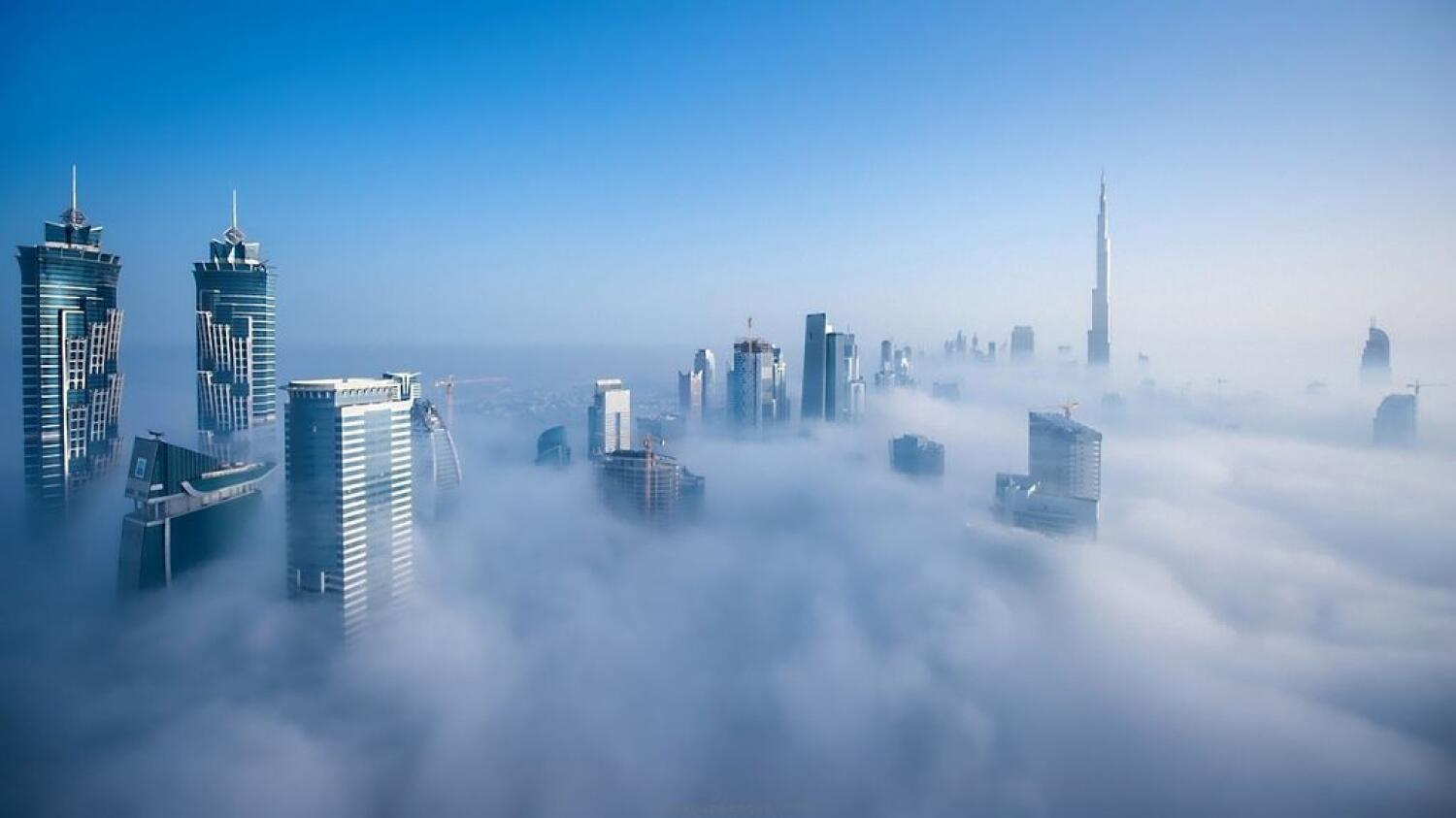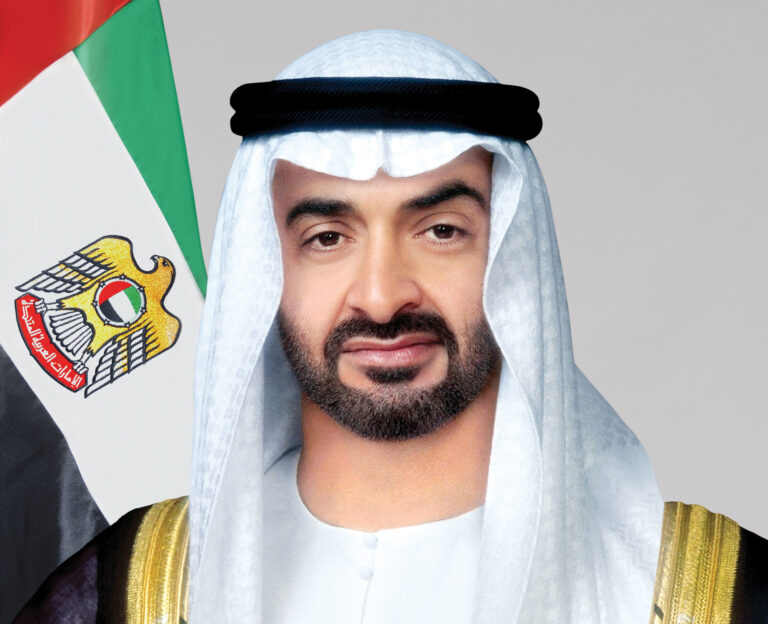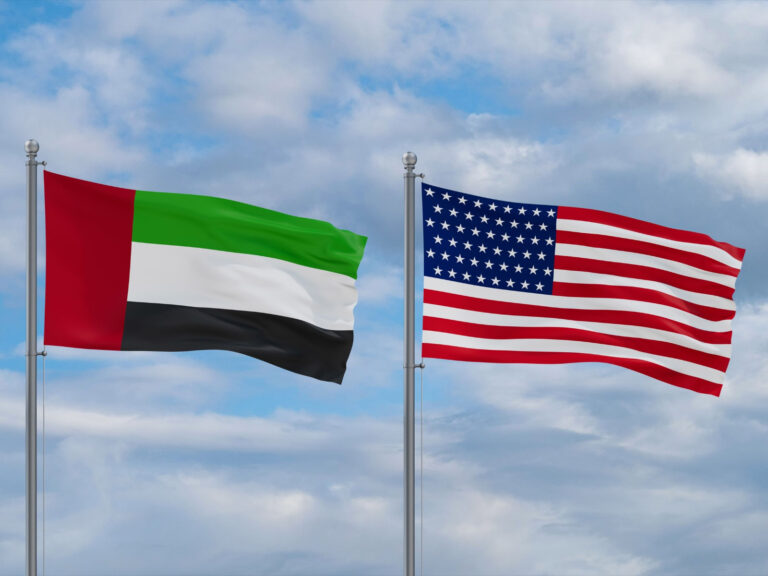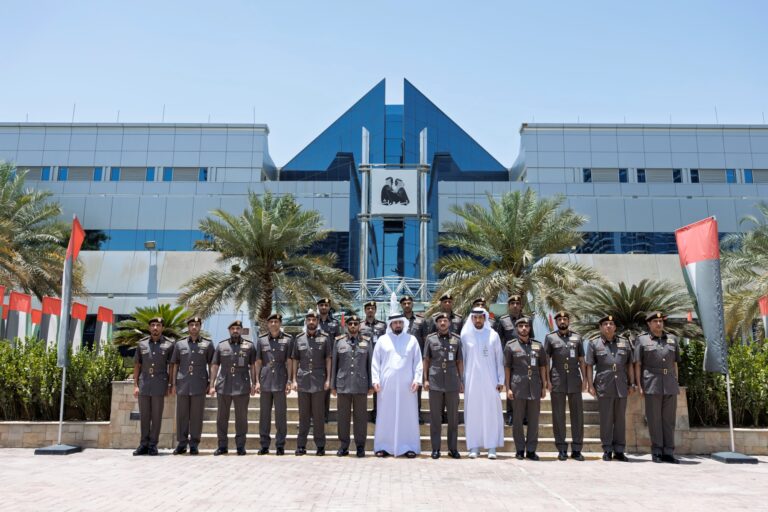The UAE has skilled notably hotter winters this year compared to previous years, with shifts in the pressure structures being a vital thing in the back of the adjustments. Dr. Ahmed Habib, a meteorologist at the National Centre of Meteorology (NCM), shared insights into the ongoing temperature fluctuations and the underlying atmospheric factors that impact the climate situations in the vicinity. According to Dr. Habib, the warmer temperatures this wintry weather may be attributed to adjustments inside the winning air stress systems over the location.
The Shift in Temperature Trends
In stark comparison to the report low temperatures skilled in the UAE in February 2017, this 12 months has seen milder conditions. In 2017, temperatures at Jebel Jais, the UAE’s highest peak, dropped to a report low of -5.7°C on February 3, and only a day later, the temperature dipped in addition to -3°C. Such intense cold conditions have been driven with the aid of a specific atmospheric occasion—a polar air mass that moved in the direction of the place, cooling the surroundings significantly.
However, in 2025, the state of affairs is specific. The lowest temperature recorded to this point become 1.9°C at 5 am on January 4 at Jebel Jais, and simply the day earlier than, the temperature reached 2.2°C. These milder temperatures mirror a shift within the atmospheric pressure structures and air mass styles. The modern-day climatic conditions have caused much less dramatic temperature drops compared to preceding winters, highlighting the variability of iciness weather inside the UAE.
Impact of Shifting Pressure Systems
Dr. Habib defined that the expansion of a excessive-stress machine over Siberia performs a sizeable role in shaping the climate inside the UAE and the wider Arabian Peninsula. The air loads encouraged through this stress device have a great effect on temperature, rainfall, and wind styles. In 2017, the UAE was immediately suffering from an air mass from the polar place, which contributed to the chillier-than-regular wintry weather. This year, however, the strain system is unique. Rather than the polar air mass, a distinct cold air mass is affecting the place, although it hasn’t resulted in hot temperature drops.
The distinction in the air hundreds and their distribution explains the hotter-than-typical temperatures within the UAE this year. Although the place has not seen temperatures drop to freezing, the cold air that has reached the country has caused temperatures to dip to round 1.6°C to 1.7°C in a few regions, which remains fantastically mild in comparison to preceding winters.
Changes in Rainfall Patterns
The shift in atmospheric stress systems has additionally had an impact on rainfall within the UAE. Winter within the UAE is typically characterized with the aid of clean skies with occasional rainfall, regularly visible as an opportunity for outdoor sports and tourism. However, this year, the rainfall has been surprisingly low, which Dr. Habib attributes to the changes inside the strain systems.
In addition to the excessive-pressure systems, the movement of low-stress systems from the west to the east, in addition to occasional extensions of the Red Sea trough, make a contribution to the improvement of clouds and sporadic rainfall. While rainfall this wintry weather has been less than expected, a few cloud cover is forecasted for the northern components of Ras Al Khaimah and jap Fujairah on the night time of February 7 and in February 8. The predicted cloud cover is also expected to bring temperatures down slightly earlier than they upward push again from February 7 onwards.
The Unpredictable Nature of UAE Winters
The iciness months inside the UAE, which commonly span from January to March, are frequently characterized through frequent climate fluctuations. The moving nature of the stress systems all through this era results in substantial variability in temperatures, with climate patterns converting from day to day. As Dr. Habib explained, the distribution of temperature over land and sea has an instantaneous have an effect on on pressure adjustments, which, in flip, have an effect on the motion of air loads.
Air loads usually flow from high-pressure to low-stress areas, and when the conditions are proper, cold air from the north may additionally attain the UAE. However, the distribution and characteristics of the pressure systems are not the equal every 12 months, which contributes to the unpredictable nature of winter weather inside the region.
Looking Ahead: Temperature Trends and Forecast
As for the coming days, temperatures in the UAE are expected to upward push starting Wednesday, February 5, with a moderate boom anticipated earlier than a subsequent dip in temperatures by means of February 7. The forecast suggests that temperatures may additionally drop by 2°C to 5°C from Friday, February 7. However, notwithstanding these fluctuations, the general iciness season has seen hotter conditions than what became experienced in 2017, and it’s far expected that the approaching days will observe a similar sample.
In precis, the hotter-than-typical winters within the UAE this 12 months may be largely attributed to shifts in the stress structures that have an effect on the location. While the UAE has now not visible the extreme bloodless of preceding years, the modifications in air hundreds and stress structures have precipitated fluctuations in temperature and rainfall. As Dr. Habib referred to, the UAE’s wintry weather is inherently volatile, with common changes in weather conditions due to these variations. Despite the milder temperatures, citizens can assume some cloud cover and cooler conditions inside the coming days.
As continually, the UAE’s weather stays an example of the complicated and dynamic nature of global climate systems, wherein elements like stress systems and air masses play a key position in shaping the temperature and rainfall patterns we enjoy every year.












+ There are no comments
Add yours